Across the country, state and native governments are mandating lower building emissions, pushing building owners to full electrification. Building codes like Golden State’s Title twenty four are essentially mandating full electrification and on-the-scene renewables in new construction. Likewise, natural gas bans, that started in California cities comparable to Berkeley and San Jose and have additionally shown up in cities in New Jersey and Massachusetts, are forcing building owners to use all-electric appliances.
Building codes and natural gas bans, however, solely target new construction. Our country’s building stock only turns over regarding 2 ch year, which suggests we are going to ought to target existing buildings to visualize a true shift toward decarbonization. many cities, comparable to the big apple and Washington, D.C., have created a heavy effort to try to to that with building emissions laws passed within the last several years. These laws set emissions caps for business and multi-family buildings and enforce money penalties for emitting over those caps.
The Challenge of Retrofits
As a result, building owners should retrofit their buildings to scale back on-the-scene fuel use. These policies are pushing commercial building owners toward apparatus technologies. Using electricity as an influence source, heat pumps will give each heating and cooling functions while not emissions from fossil fuels. In residential settings, air-to-air heat pumps are the foremost common style of heat pumps used, because of their ability to heat and cool with one piece of equipment.
With the widespread adoption of electrical heating in business buildings, hotels, hospitals and industry, air-to-water and water-to-water heat pumps are gaining momentum globally as a long-run integrated approach with plenty of potential due to their hyperbolic potency and skill to control at lower close temperatures. Water-to-water heat pumps, that absorb heat in the evaporator in a} waterside or hydronic system and so reject the heat through the condenser on the opposite side, will give a property heating supply by permitting the building to recover rejected heat and reprocess it, thereby saving energy and heating costs, whereas additionally reducing carbon emissions.
however in business buildings that presently use a mixture of chillers and boilers, retrofitting with an air-to-air or air-to-water apparatus could be a challenge. In cold weather, it’s very tough to use the close air as a heat source and still heat water higher than forty degrees Celsius. A hydronic heating system utilizing a apparatus typically needs a minimum of 45-degree Celsius water to effectively heat. Air-to-water heat pumps also are presently at least 10-15% less economical than water supply heat pumps because of low close air temperatures and air-to-refrigerant heat transfer approach.
Various Solutions
Utilizing different heat sources is feasible and, in terms of efficiency, makes plenty of sense. Heat recovery is gaining momentum globally as the way to produce heat in an exceedingly additional efficient and property way. For example, using waste heat from knowledge centers, business refrigeration systems, or waste matter treatment plants provides a gradual associate degreed inevitable supply of heat all year round. In addition, these heat sources can be centralized close to the heat source, making the chance for district heating and cooling. Entire blocks of buildings might share resources to create an unbelievably economical district energy system and contribute heating or cooling to every different in an integrated interdependence system. this is often happening in several European cities and on some U.S. faculty campuses. Unfortunately, in most areas of the U.S., not solely can we not have the district energy infrastructure to share heating and cooling between buildings, but we tend to lack the business models and regulative structures as well.
instead of attempt to crack that regulatory nut, the trade is moving toward air-to-water heat pumps rather than a excitement and boiler combination. The climate, however, cannot wait till consequent generation of air-to-water heat pumps are out there for North American country begin decarbonizing our business buildings. Hybrid solutions that may considerably cut back each emissions and operational prices is enforced today. Combining air-source heat pumps with natural gas-fired heating doesn’t eliminate fossil fuels altogether, however it can reduce the necessity for fossil fuels to the terribly coldest days of the year. In bound areas of the country — the mid-Atlantic, Southeast or South — that will solely be many weeks a year, looking on winter temperatures, building envelope associate degreed heating plant design.
twin fuel systems, that use heat recovery chillers together with a boiler, also are an innovative approach to reducing carbon emissions in cases wherever building homeowners aren’t able to replace their functioning boiler. The system will use the present boiler with a flue gas scrubber, which provides cooling and removes contaminants from the atmosphere, to recover heat through a water-to-water apparatus, pre-heating the boiler feedwater and part thrilling the heating system.
Danfoss continues to advocate a comprehensive approach to decarbonization. Utilizing heat pump technologies in new building style and retrofits can go a protracted means toward reducing carbon emissions and achieving compliance with local, state, and federal regulations. additionally to reducing emissions, using electricity as an influence supply creates additional energy-efficient heating systems, usually leading to vital savings for building homeowners and hyperbolic comfort for occupants. Using oil-free compressors and variable-speed technology, Danfoss is developing elements for consequent generation of heat pumps, that will be additional economical and higher-performing as business buildings move toward full electrification.

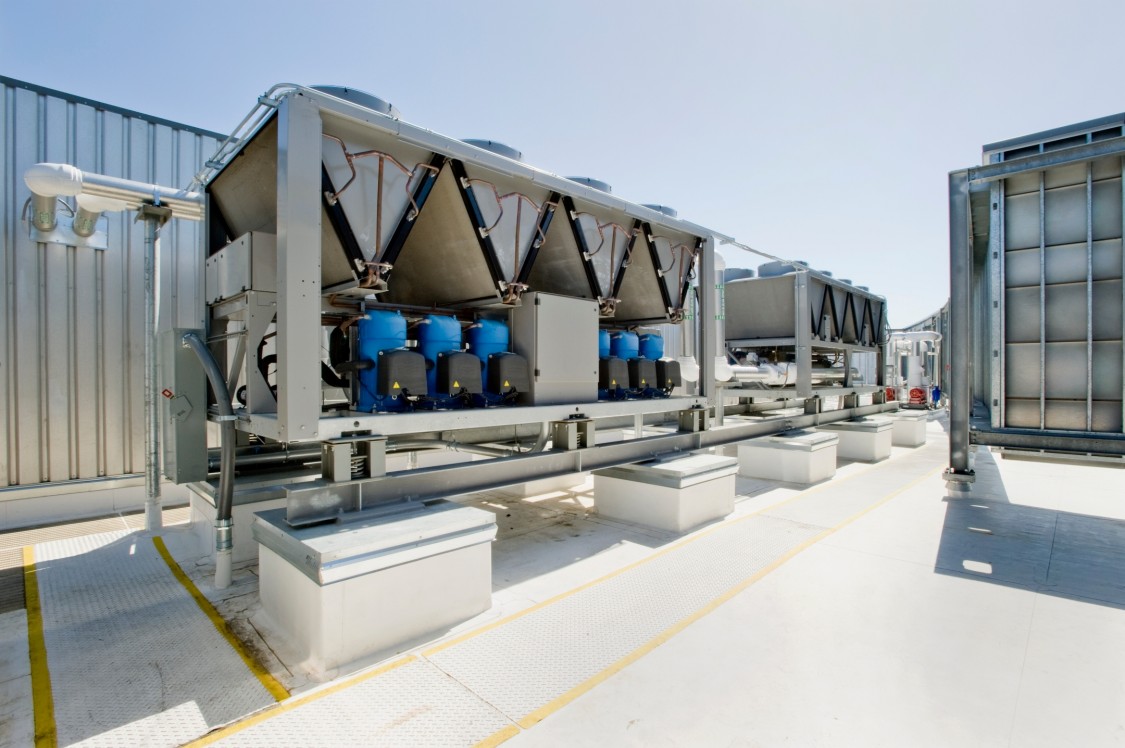
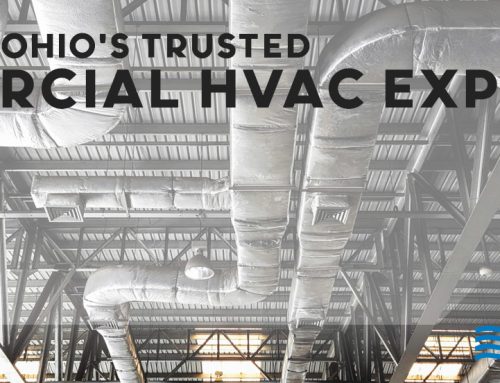
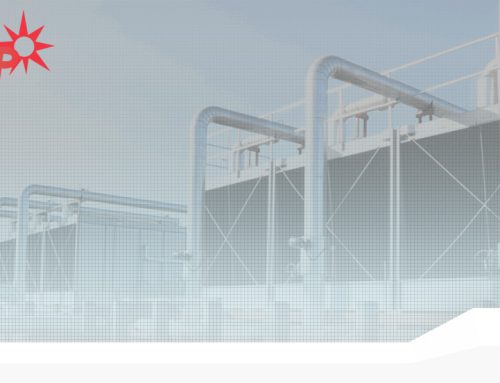

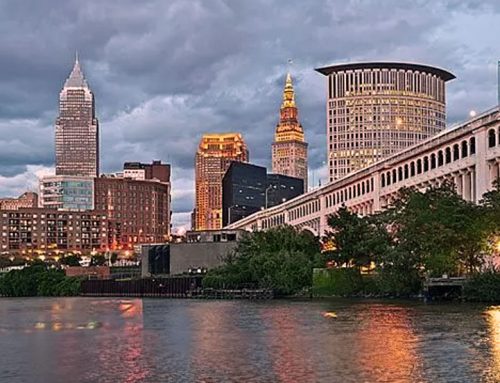
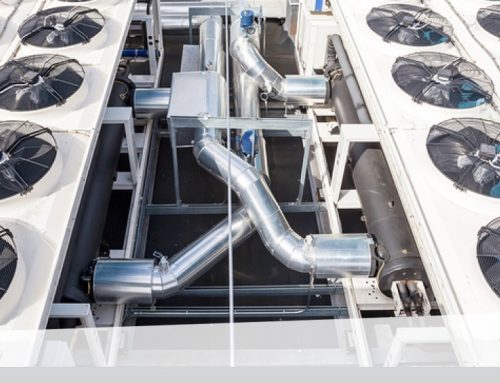
Leave A Comment